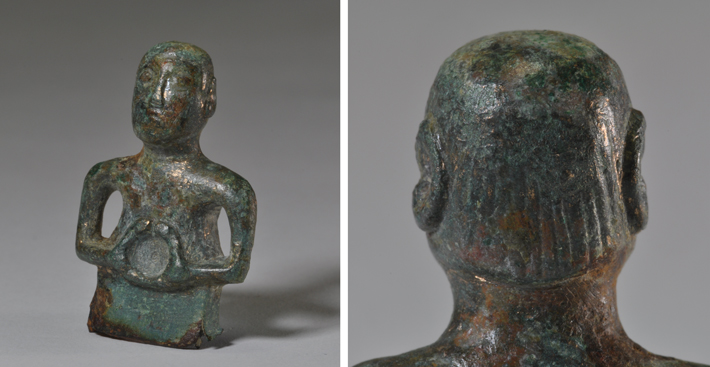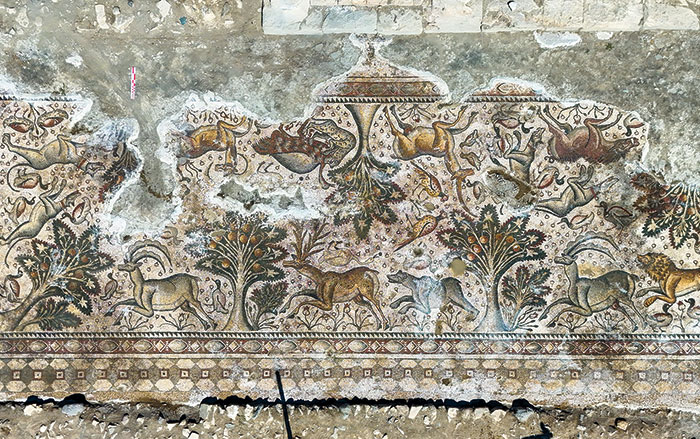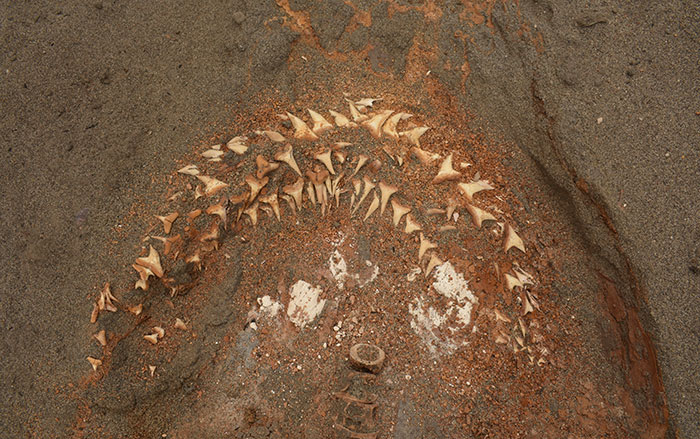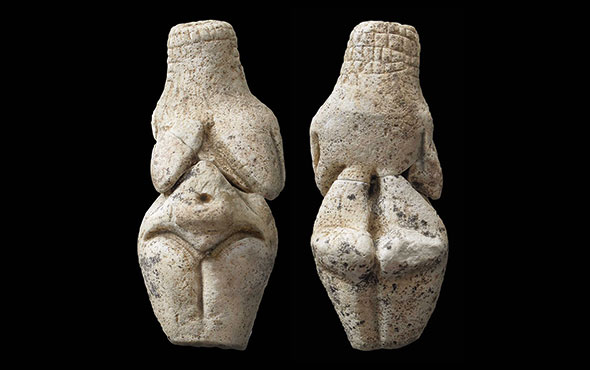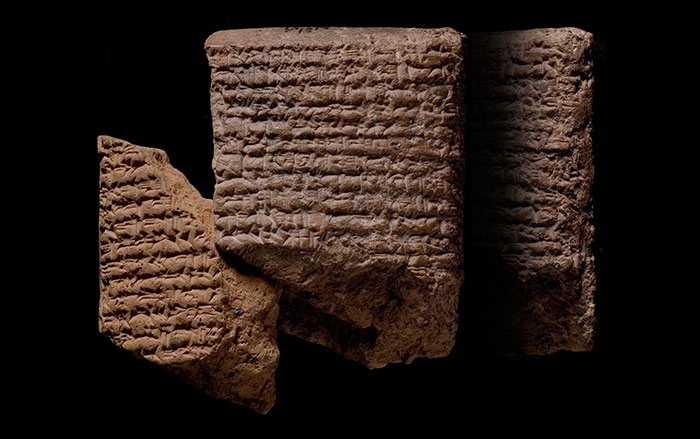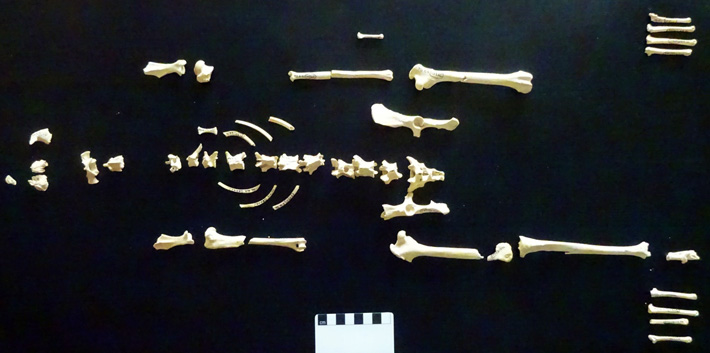
EXETER, ENGLAND—Naomi Sykes of the University of Exeter and her colleagues suggest that when chickens and brown hares arrived in Britain sometime between the fifth and third centuries B.C., Britons associated them with gods and revered them, according to a CNN report. “When new animals arrive into a culture, they are often linked with deities,” Sykes explained. Intact skeletons of the animals, lacking signs of butchery, have been discovered in individual burials from this period, she added. Butchered hare and chicken bones appear in the archaeological record hundreds of years later, among Roman-period food waste. At this time, Sykes said, hares were farmed for food, and the Romans introduced rabbits to the island, although hares and chickens continued to hold religious associations for Britons. After the Romans withdrew from Britain in A.D. 410, the populations of hares and chickens crashed, Sykes said, and rabbits went extinct. Scarcity may have increased their value among Britons, she added. In the medieval period, chickens and eggs became popular foods, since they were allowed within Christian fasting rules. Rabbits became an elite food item in the thirteenth century, and were widely found in Britain again by the nineteenth century, when they were associated with Christian Easter celebrations, Sykes concluded. To read about a third-century A.D. butchery at a Romano-British site in southwest England, go to "Where's the Beef?"




